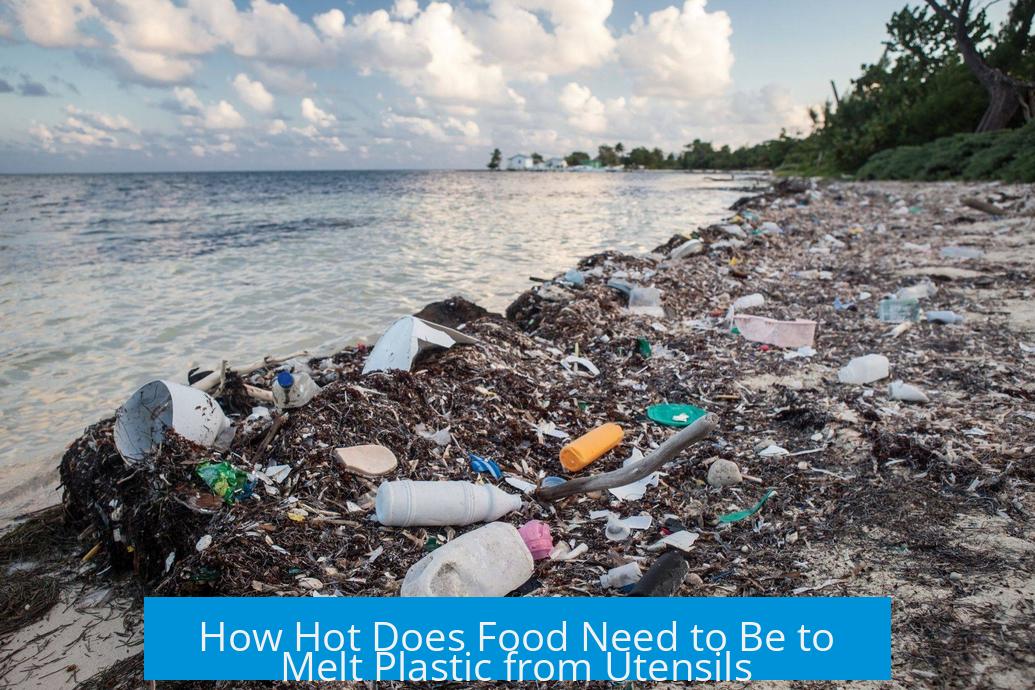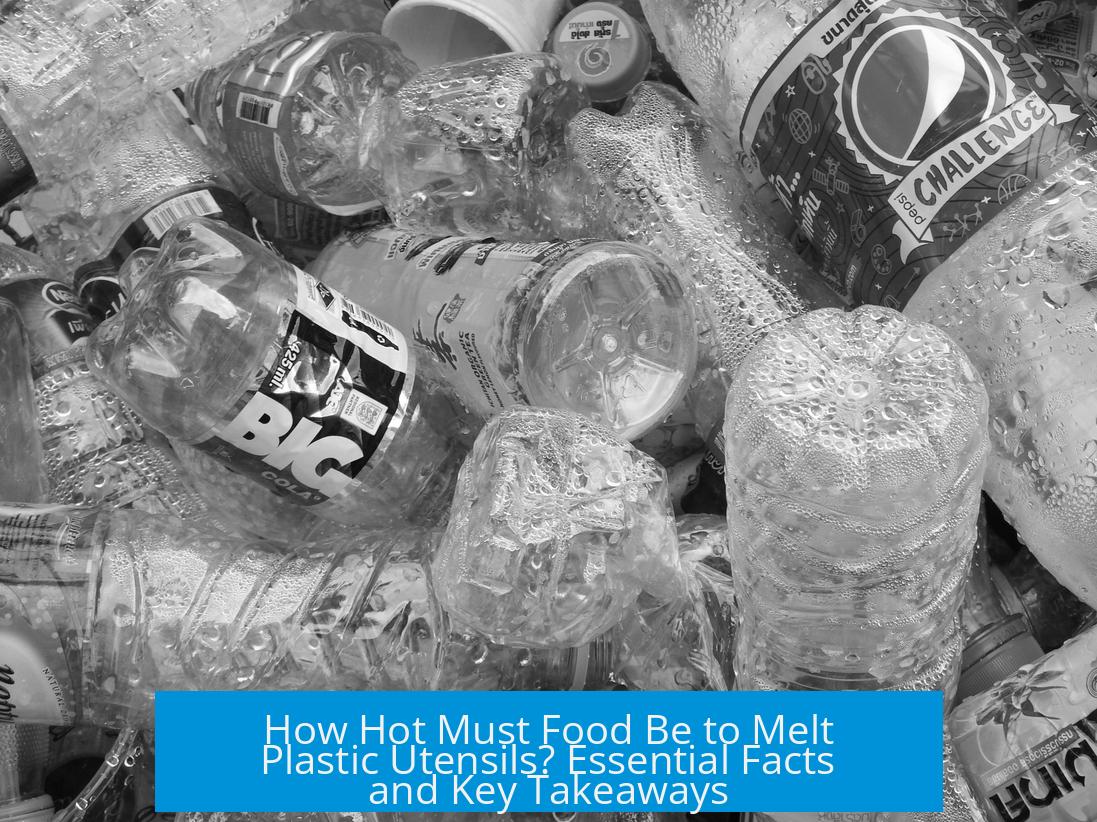How Hot Does Food Need to Be to Melt Plastic from Utensils?

Food must reach temperatures above the melting point of the specific plastic for it to melt from utensils.
Melting Points of Common Plastics
Different plastics used in utensils have distinct melting temperatures. Polyethylene, including high-density (HDPE) and low-density (LDPE), melts between 115°C and 135°C. Styrofoam requires much higher heat to melt, around 240°C.
Typical Food Temperature Range
Foods served at temperatures below 150°F (approximately 65°C) stay well under the melting point of most plastics, presenting minimal risk of melting utensils. Most foods are not heated beyond this range during normal serving or eating, reducing chances of plastic damage.
Influence of Food and Plastic Type
- Type of plastic greatly affects melting risk. Some plastics have lower thresholds, others higher.
- Acidic foods can increase the risk of plastic chemical leaching even if no visible melting occurs.
- Repeated heating of plastic utensils may degrade them, lowering their melting point and structural integrity.
Signs of Plastic Melting or Leaching
Physical melting may be rare during typical food service, but signs such as a plastic taste indicate potential leaching of plastic components. Monitoring for such signs can help prevent ingestion of harmful substances.
Summary Table: Plastic Types vs. Melting Temperatures
| Plastic Type | Melting Point (°C) |
|---|---|
| Polyethylene (HDPE/LDPE) | 115 – 135 |
| Styrofoam | ~240 |
Foods rarely reach melting temperatures required to liquefy related plastics. The main concern rests on plastic degradation and leaching under heat and acidity, rather than outright melting.
Key Takeaways
- Plastic utensils melt above 115°C, depending on type.
- Foods served under 150°F (65°C) stay safely below melting points.
- Acidic foods and repeated heating increase plastic leaching risk.
- Taste of plastic can indicate chemical leaching even without melting.
What temperature range causes common plastics on utensils to melt?
Polyethylene plastics melt between 115°C and 135°C. Styrofoam melts much higher, around 240°C. Most food does not reach these temperatures during normal serving.
Is it possible for food temperatures to reach levels that melt plastic utensils?
Food served under 150°F (about 65°C) is generally safe and unlikely to melt typical plastic utensils. Reaching plastic melting points is rare in everyday food scenarios.
Can acidic foods affect plastic melting or chemical leaching?
Yes, acidic foods may increase the risk of plastic leaching chemicals, though they do not lower the melting point of plastics. The type and acidity of food both play roles in safety.
How can I tell if plastic from utensils is melting or leaching into my food?
If you notice a plastic taste in your food, it may indicate melting or chemical leaching has occurred. This sensory sign is a key warning.
Do repeated heating or different plastic types impact melting risks?
Repeated heating can degrade plastics, possibly increasing leaching risk. Different plastic types have varying melting points, so utensil material matters.





Leave a Comment